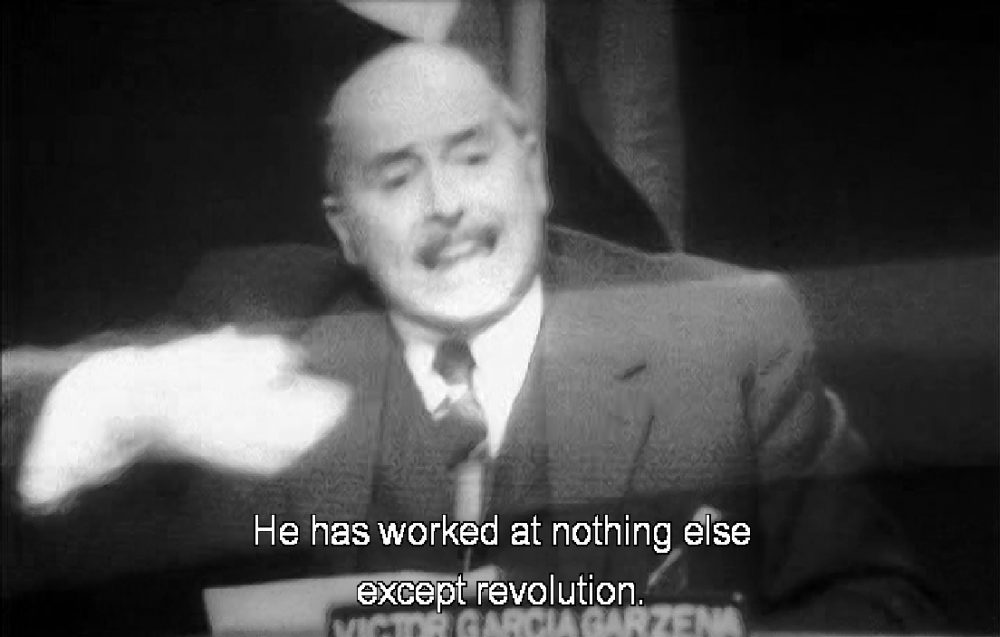“In order to build the new nation of Haiti. . .”
Considering the revolutionary tension of rupture and continuity, I ask myself to what extent is rupture an attempt at dismantling continuity. It seems self-evident, but this question takes a unique position in the context of the Haitian Revolution. In order to build a new nation of Haiti, Dessalines had to reconstruct the Haitian narrative by reconstructing Haitian revolutionist perceptions of race, indigeneity, and territorial claim. Dessalines’ army, the “Indigenous Army,” claimed the name Haïti in the name of the Taino people, the original inhabitants of the islands. Dubois draws an interesting parallel between the French and African occupation of the island. What does it mean when the colonized become the colonizers?
Dessalines was very aware of this reality. In order to build a new Haiti, the nation had to construct an ancestral claim to the land, making it more of a righteous movement than a political and racial revolution. That is, until the question of who is to be considered Black in the new Black nation. In order to build a new Haiti, the nation had to also redefine constructions around race and racial identity. In various attempts to rupture the colonial legacy on the island, I ask myself how these attempts may have only exacerbated the legacy, simply shifting the lens? In what ways do attempts of historical rupture cause the continuity of historical legacy?
